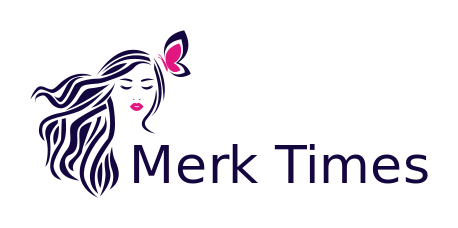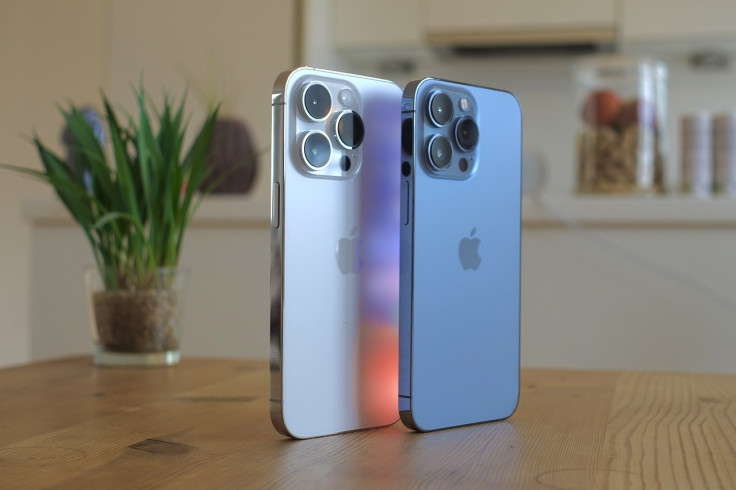With the increasing dependence on technology, the authorities have started to modernize their structures to make the service to citizens greater efficient. One awesome development is the use of smartphones in government operations. Among these, the iPhone has emerged as the desired tool due to its protection, capability, and strong app ecosystem.
The Government’s Security Priority
The iPhone is built with a strong safety framework that includes hardware and software program encryption, secure boot manner, and ordinary security updates from Apple. This makes it extraordinarily difficult for unauthorized customers to gain access to the tool or its statistics, ensuring the protection of touchy government records.
Additionally
the App Store, where authority groups get their apps, is relatively curated and frequently audited with the aid of Apple to make sure that the simplest valid, and secure apps are available. This minimizes the danger of malware or different malicious software infecting authorities’ devices.
Enhanced Productivity
The iPhone’s capability additionally performs a huge function in its popularity amongst authorities workers. This is particularly beneficial for authorities officials who regularly need to paint remotely or while on the go.
Furthermore
the iPhone’s integration with different Apple devices, consisting of the iPad and MacBook, allows for seamless statistics sharing and synchronization. This complements productiveness and streamlines workflows for authorities people.
App Ecosystem
The iPhone’s app ecosystem is another key component that makes it an attractive choice for authorities. The App Store boasts a good-sized choice of apps designed specially for government groups, covering a huge range of desires, from verbal exchange and collaboration to data evaluation and security.
These apps are advanced by using relied-on builders and regularly go through rigorous checking out and certification earlier than being made available at the App Store.
Accessibility for Government Users
Accessibility is another critical aspect, especially in government settings where employees with disabilities must be accommodated. Apple’s iPhones have a range of accessibility features, including voiceover, assistive touch, and magnification, making them accessible to a wide range of users.
Use Cases
Government organizations are utilizing the iPhone in various approaches to improve their operations and serve the general public. Some examples include:
Law enforcement organizations are the usage of the iPhone for discipline reporting, evidence collection, and verbal exchange among officials.
Health departments use the iPhone for touch tracing, affected person tracking, and information analysis.
Education departments are the usage of the iPhone for far-flung mastering, pupil engagement, and administrative obligations.
Emergency offerings are the use of the iPhone for dispatching, navigation, and communication in the course of crises.
Conclusion
As the era continues to increase, we can assume an even greater integration of smartphones just like the iPhone into government operations, further improving the delivery of services to residents.

